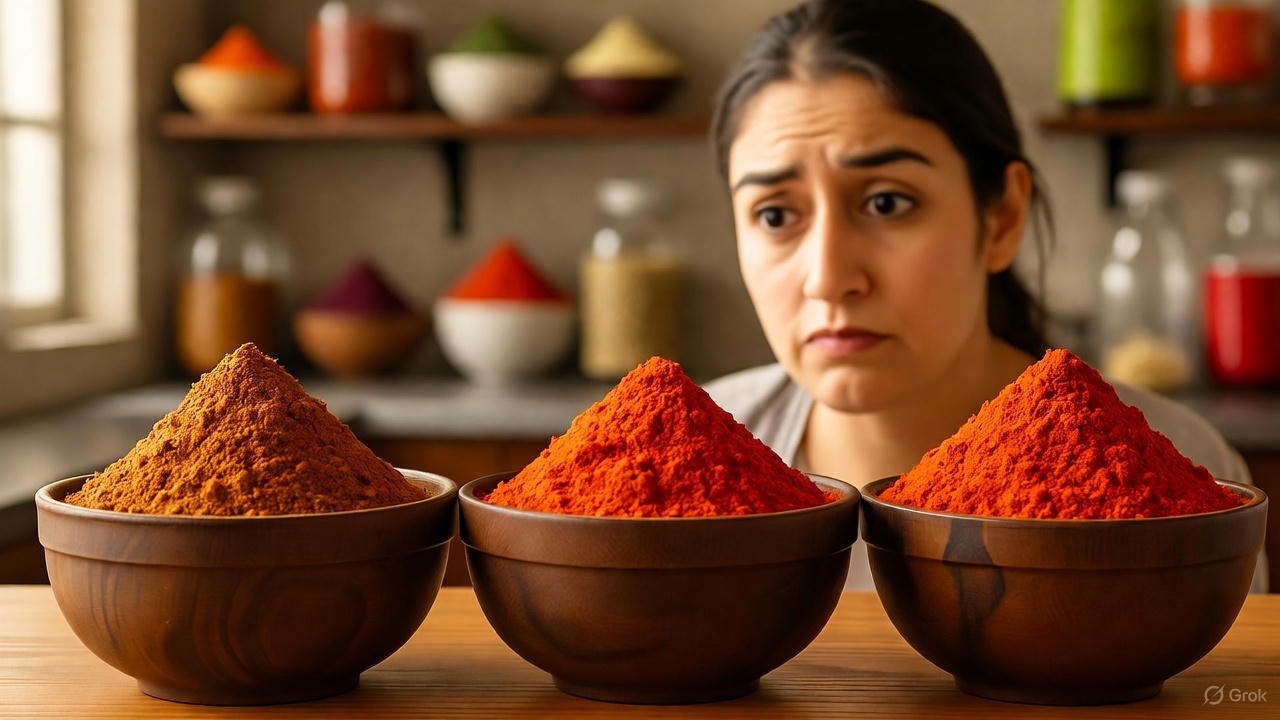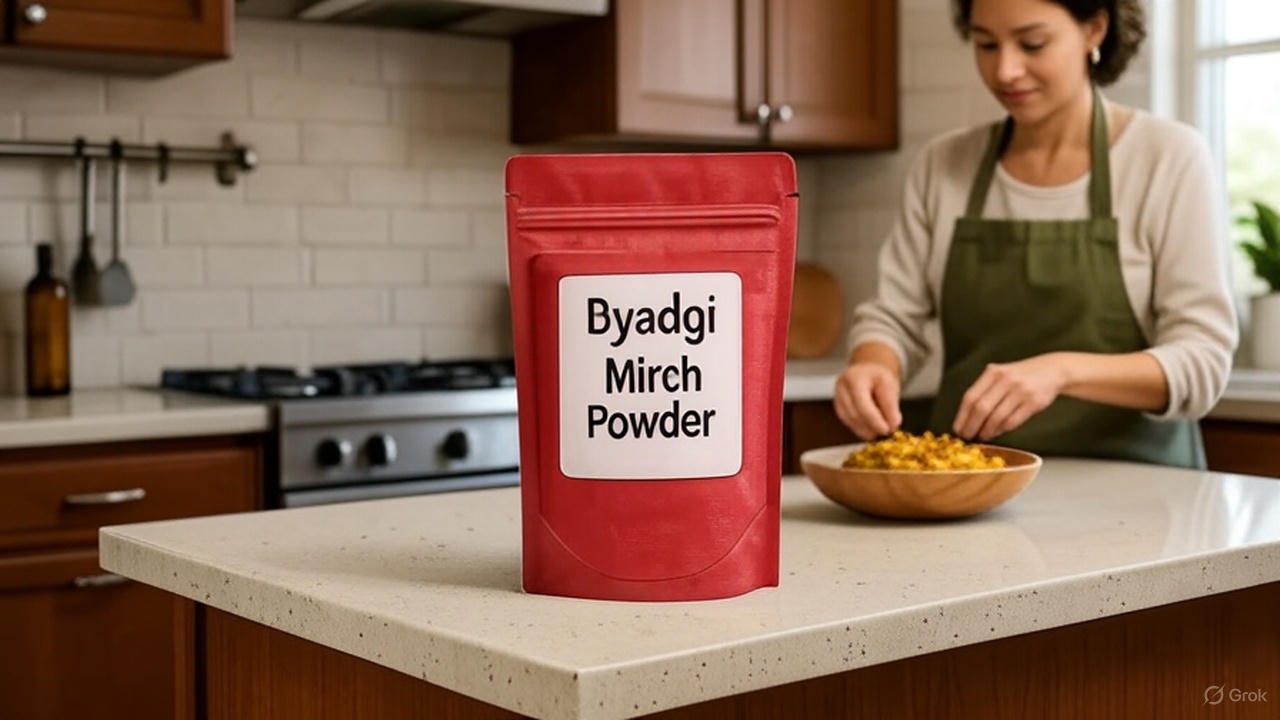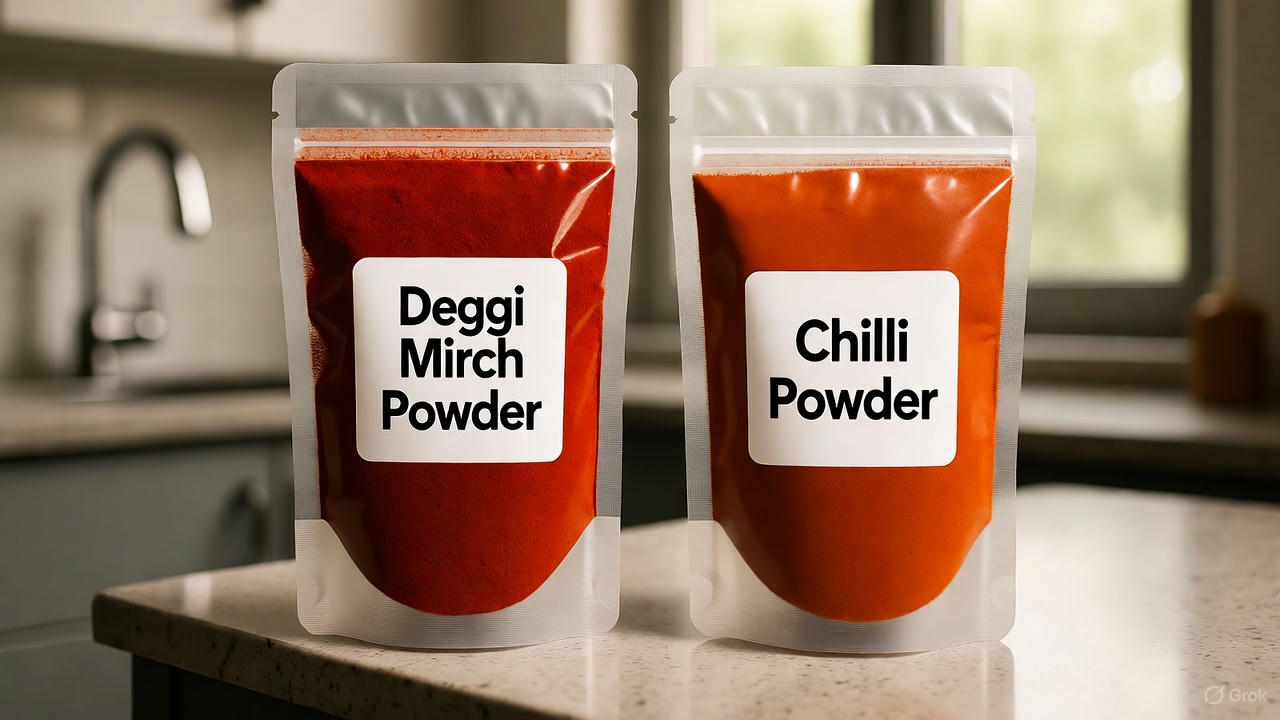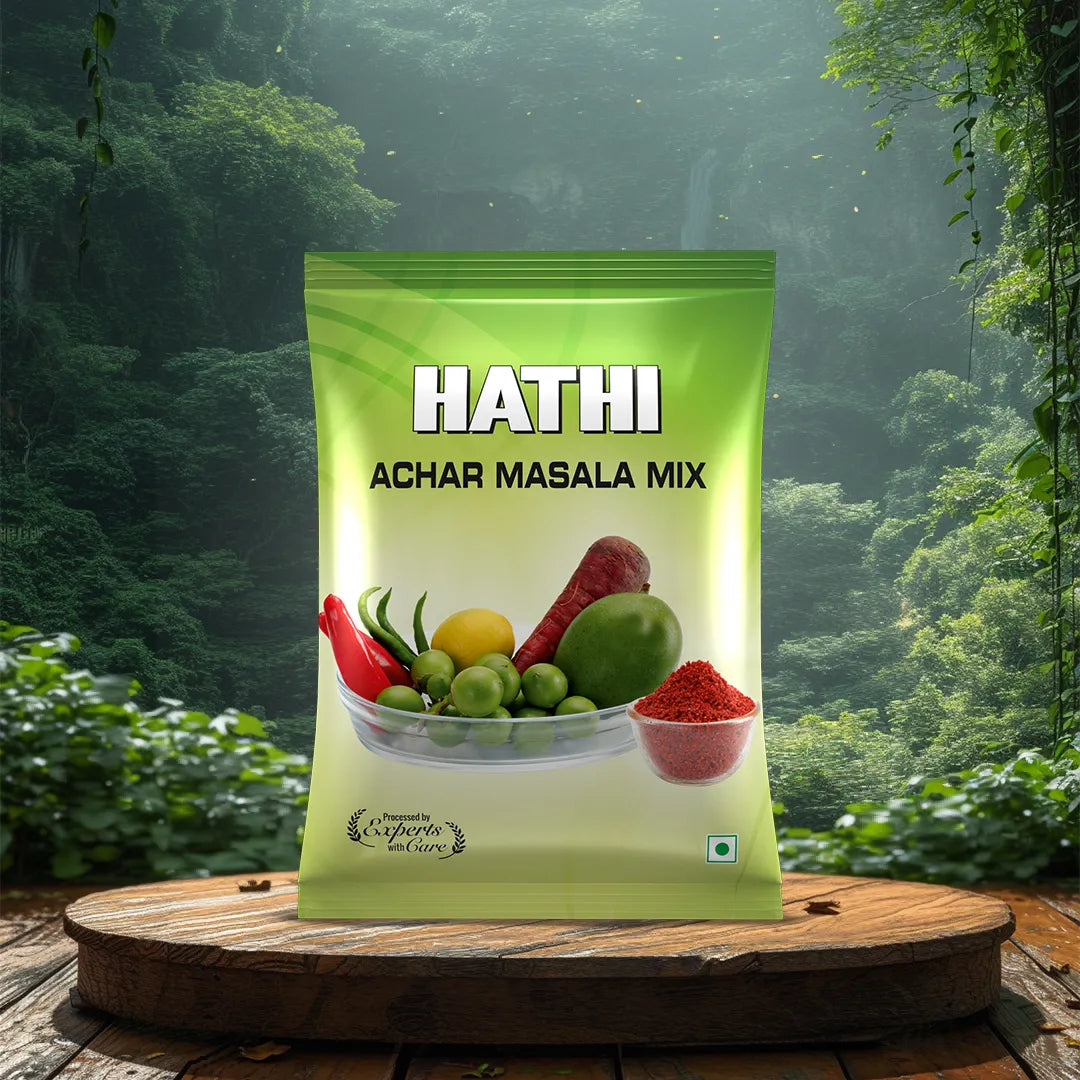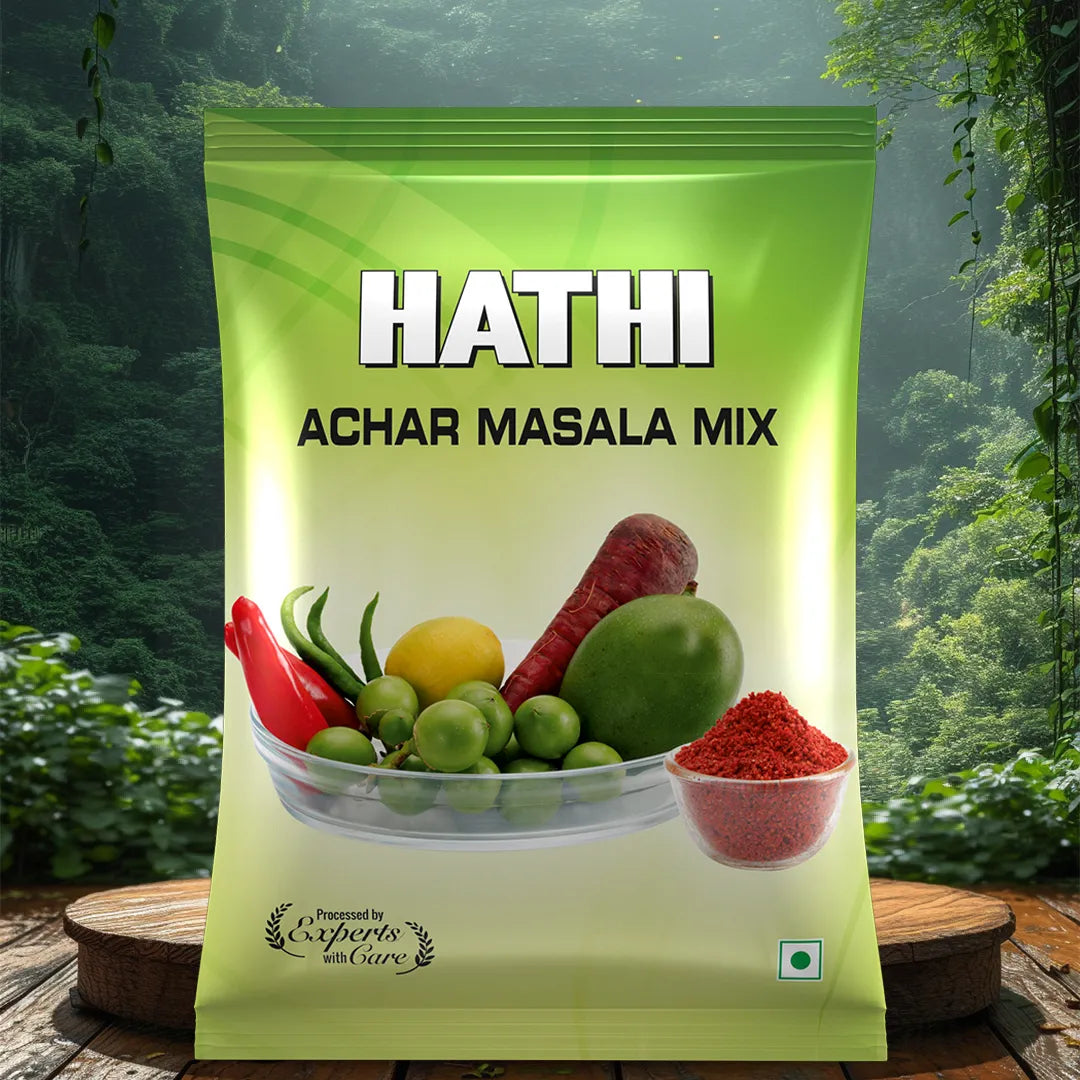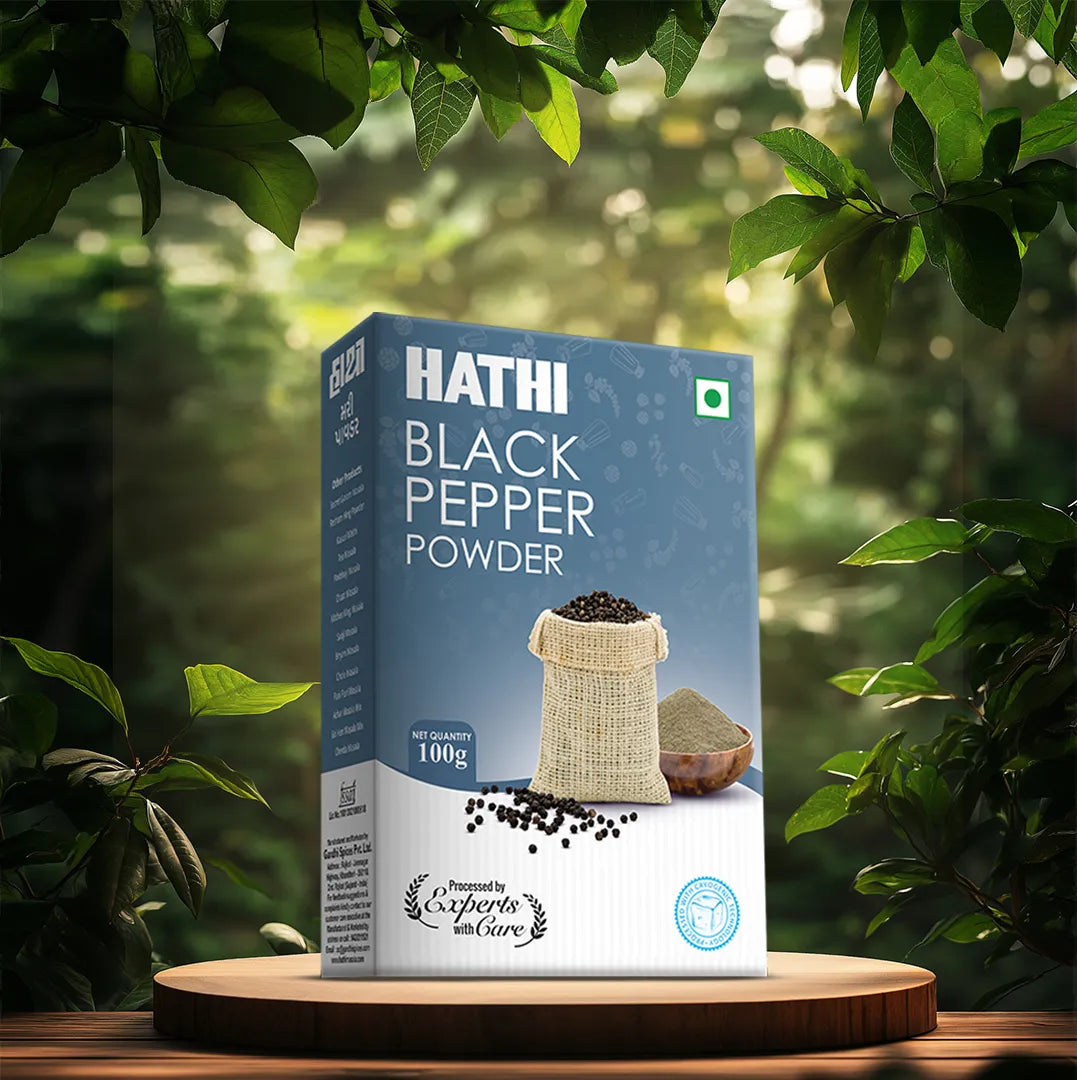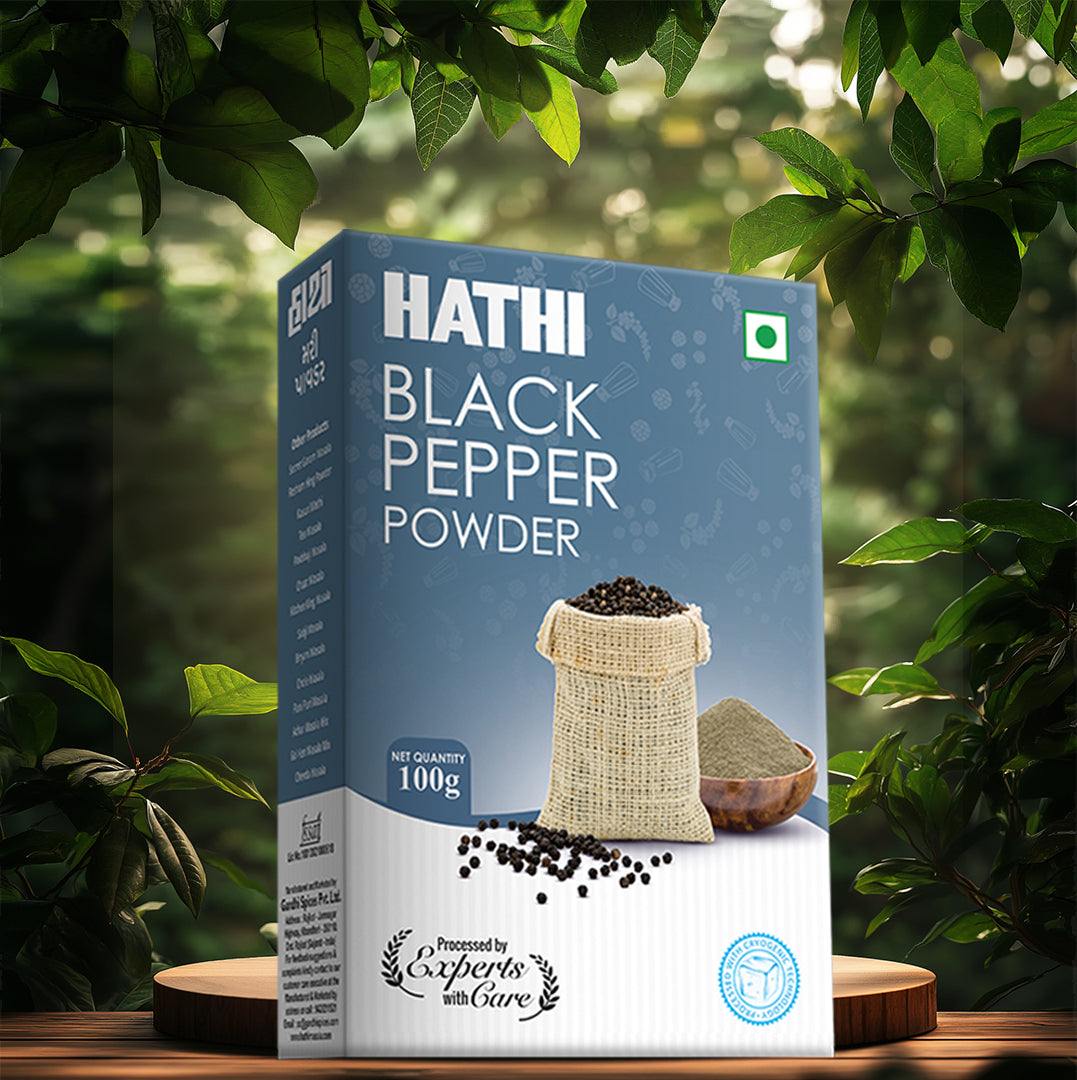India, a land synonymous with vibrant colors, rich traditions, and an unparalleled culinary heritage, owes much of its global allure to one magical ingredient: spices. For centuries, these aromatic treasures have not only graced Indian kitchens but have also fueled ancient trade routes, shaped empires, and captivated palates worldwide. The story of spices in India is a tale deeply rooted in its diverse geography, favorable climate, and the tireless efforts of its farmers.
From the fiery chili to the fragrant cardamom, each spice tells a unique story of its origin, cultivation, and journey to our plates. But have you ever wondered, "Which state is famous for spices in India?" or "Where exactly are these 'types of spices' grown?" Join us on an immersive journey to unravel the mysteries of India's spice routes and discover the very heart of its spice production.
The Undisputed Reign: Kerala - The Spice State of India
When we talk about the "spice state of India," one name immediately springs to mind: Kerala. Nestled in the southwestern tip of the Indian peninsula, this verdant state is often hailed as the "Garden of Spices" or the "Spice Capital of India." Its unique geographical features – proximity to the Arabian Sea, the Western Ghats mountain range, and a tropical monsoon climate – create the perfect conditions for a plethora of aromatic wonders to thrive.
Kerala's history is inextricably linked to the spice trade. Ancient mariners and traders, from the Arabs and Phoenicians to the Romans and Europeans, flocked to its shores seeking the prized commodities that grew abundantly here. It was the pursuit of these very spices that led to the discovery of sea routes and the colonization of various parts of the world.
What makes Kerala the reigning champion of spice production in India?
- Cardamom: Kerala is the undisputed king of cardamom production. The rolling hills of Idukki are particularly famous for their "green gold," known for its intense aroma and flavor.
- Black Pepper: Often referred to as "King of Spices," black pepper has its ancient roots in Kerala. Its pungent flavor and medicinal properties made it a highly sought-after commodity throughout history.
- Cloves: The unopened flower buds of the clove tree, with their strong, sweet, and pungent aroma, flourish in the warm and humid climate of Kerala.
- Cinnamon: While primarily cultivated in Sri Lanka, significant cinnamon production also takes place in parts of Kerala.
- Nutmeg and Mace: These two distinct spices, derived from the same fruit, find ideal growing conditions in Kerala's fertile soil.
Beyond these primary spices, Kerala also contributes significantly to the production of ginger, turmeric, and vanilla, further cementing its reputation as the true "land of spices in India."
Beyond Kerala: Exploring Other Spice Producing States in India
While Kerala undoubtedly holds a premier position, the tapestry of spices in India is woven across many other states, each contributing its unique flavor to the national and global spice basket. The diversity of India's climate and soil allows for a wide array of spices to be cultivated in different regions.
Let's delve into some other significant spice-producing states in India:
1. Karnataka:
Sharing a border with Kerala, Karnataka is another prominent player in India's spice landscape. It is particularly known for:
- Cardamom: Like Kerala, the hilly regions of Karnataka, especially Kodagu and Chikmagalur, are significant cardamom growers.
- Black Pepper: Karnataka is a major producer of black pepper, contributing substantially to India's overall output.
- Arecanut: While not a spice in the traditional culinary sense, arecanut is widely consumed in India and is a significant cash crop in Karnataka.
- Coffee and Vanilla: While not strictly spices, these high-value crops also thrive in the same regions and contribute to the rich agricultural diversity.
2. Tamil Nadu:
Located in the southern part of India, Tamil Nadu's diverse agro-climatic zones support a variety of spice crops. It is renowned for:
- Turmeric: The Erode district in Tamil Nadu is famously known as "Turmeric City" due to its extensive turmeric cultivation. Tamil Nadu is a leading producer of this vibrant yellow spice. It also offers significant health benefits, making it a staple in Indian households.
- Tamarind: This tangy fruit, often used as a souring agent in Indian cuisine, is widely grown in Tamil Nadu.
- Chilli: While Andhra Pradesh leads in chilli production, Tamil Nadu also contributes significantly to India's chilli output.
- Cardamom and Cloves: These spices are also cultivated in specific regions of the state.
3. Andhra Pradesh & Telangana:
These two states (formerly united) are synonymous with one of India's most fiery spices:
- Chilli: Andhra Pradesh is the largest producer of chillies in India, particularly the Guntur variety, known for its intense heat. Learn how it differs from Kashmiri chilli.. Telangana also contributes significantly to chilli production. These states are truly the "city of spices in India" when it comes to chillies.
4. Gujarat & Rajasthan:
Moving to the western and northwestern parts of India, the arid and semi-arid climates here favor different kinds of spices.
- Cumin (Jeera): Gujarat and Rajasthan are the largest producers of cumin in India. This earthy, aromatic spice is a staple in Indian cooking. If you're choosing a good coriander powder, here's what to look for.
- Coriander (Dhaniya): These states also lead in the production of coriander seeds, known for their citrusy and slightly sweet flavor.
- Fennel (Saunf): Gujarat is a major producer of fennel, often used as a mouth freshener and in various culinary preparations.
- Fenugreek (Methi): Rajasthan is particularly known for its fenugreek production, both seeds and leaves (kasuri methi).
5. Maharashtra:
This western state also plays a role in the spice production in India, especially for:
- Turmeric: Maharashtra is another significant producer of turmeric, alongside Tamil Nadu.
- Chilli: While not as prominent as Andhra Pradesh, Maharashtra cultivates a good amount of chillies.
6. Uttar Pradesh, Madhya Pradesh & Punjab:
These northern states, primarily known for grain production, also contribute to India's spice basket.
- Ginger: Ginger is widely cultivated in various parts of India, including some regions of Uttar Pradesh and Madhya Pradesh.
- Garlic: Uttar Pradesh and Madhya Pradesh are significant producers of garlic.
- Mustard: While primarily an oilseed, mustard seeds are also widely used as a spice, with significant production in these northern states.
Types of Spices: A Kaleidoscope of Flavors from India
The sheer variety of types of spices in India is astounding. Here's a beginner-friendly guide to the essentials. Each spice brings its unique aroma, flavor profile, and often, medicinal properties to the fore. Let's explore some of the key players:
- Aromatic Spices: Cardamom, Cloves, Cinnamon, Nutmeg, Mace, Vanilla. These add warmth, sweetness, and complexity to dishes.
- Pungent & Fiery Spices: Black Pepper, White Pepper, Chilli (various types like Byadgi, Guntur, Kashmiri). These bring heat and a sharp bite.
- Earthy & Savory Spices: Cumin, Coriander, Fenugreek, Turmeric. These form the base of many Indian curries and add depth of flavor.
- Pungent & Aromatic Root Spices: Ginger, Garlic. Essential for their spicy kick and aromatic qualities.
- Anise-flavored Spices: Fennel, Star Anise. Offer a sweet, licorice-like flavor.
- Specialty Spices: Saffron (grown in Kashmir, though production is limited), Asafoetida (imported, but widely used).
The diverse range of spices grown across India caters to an equally diverse culinary landscape, from the rich and creamy curries of the North to the tangy and spicy gravies of the South.
From Farm to Packet: India's Top Spice Manufacturing Companies
After exploring where these incredible spices are grown, it's also worth noting the companies that bring them to our tables in convenient, ready-to-use forms. India boasts a robust industry of spice manufacturers who process, blend, and package these aromatic treasures. Learn how cryogenic grinding helps preserve their freshness. These companies play a vital role in ensuring the quality and accessibility of spices across the nation and globally.
Suppose you're interested in learning more about the leading names in this industry, such as Hathi Masala, MDH, Everest Spices, and many others. In that case, we have a dedicated blog that delves into these top spice manufacturing companies in India.
Click here to discover the Top Spice Manufacturing Companies in India.
The Journey from Farm to Kitchen: The Importance of Spice Routes
The term "Spice Routes" conjures images of ancient trade networks, but even today, the journey of spices in India from farm to kitchen is a complex and fascinating one. Farmers meticulously cultivate, harvest, and process these precious commodities, often using traditional methods passed down through generations.
Once harvested, spices undergo various processes like drying, cleaning, grading, and sometimes grinding, before they reach local markets, processing units, or are prepared for export. The efficiency of these internal "spice routes" within India ensures that fresh and high-quality spices are available across the country and beyond.
Conclusion
India's legacy as the "land of spices in India" is not merely a historical footnote; it is a vibrant, living tradition that continues to shape its economy, culture, and global identity. From the lush green hills of Kerala, the undisputed "spice state of India," to the arid plains of Rajasthan, each region plays a crucial role in nurturing the diverse types of spices that make Indian cuisine so globally celebrated.
The journey of discovery into where spices are grown in India reveals a fascinating interplay of geography, climate, and human endeavor. It’s a testament to the fact that even in our modern world, the allure of these fragrant treasures remains as potent as it was millennia ago. So, the next time you savor a dish infused with the rich flavors of Indian spices, remember the incredible journey they have undertaken, from the fertile soils of India to your plate.
FAQs: Your Questions About Spices in India Answered
Which state is famous for spices in India?
Kerala is widely known as the "Spice State of India" and is famous for its extensive production of spices like cardamom, black pepper, cloves, and cinnamon.
What are the main types of spices grown in India?
India grows a vast array of spices, including black pepper, cardamom, turmeric, chilli, cumin, coriander, fenugreek, ginger, garlic, cloves, cinnamon, and nutmeg, among many others.
Is India truly the "land of spices"?
Yes, India has been historically recognized as the "land of spices" due to its significant contribution to global spice production and its long history as a center for the spice trade.
Which city is known as the "city of spices in India for a specific spice?
Guntur in Andhra Pradesh is famously known as the "Chilli City" due to its massive production of red chillies. Erode in Tamil Nadu is often called "Turmeric City."
What are the top spice-producing states in India?
The top spice-producing states include Kerala, Karnataka, Tamil Nadu, Andhra Pradesh, Telangana, Gujarat, Rajasthan, and Maharashtra. Each state specializes in different sets of spices based on its agro-climatic conditions.
What is the significance of the "spice routes" in India's history?
The ancient spice routes, both overland and maritime, were crucial for trade and cultural exchange between India and the rest of the world. They played a significant role in shaping global economies and led to exploration and discovery.
Are Indian spices exported globally?
Absolutely! India is one of the world's largest producers and exporters of spices. Indian spices are highly sought after globally for their quality, aroma, and flavor. Explore top platforms where you can buy Indian spices online.
Does climate play a significant role in where spices are grown in India?
Yes, climate is a critical factor. Tropical and humid climates with ample rainfall are ideal for spices like pepper, cardamom, and cloves, found in southern India. Arid and semi-arid regions are suitable for spices like cumin, coriander, and fenugreek.






